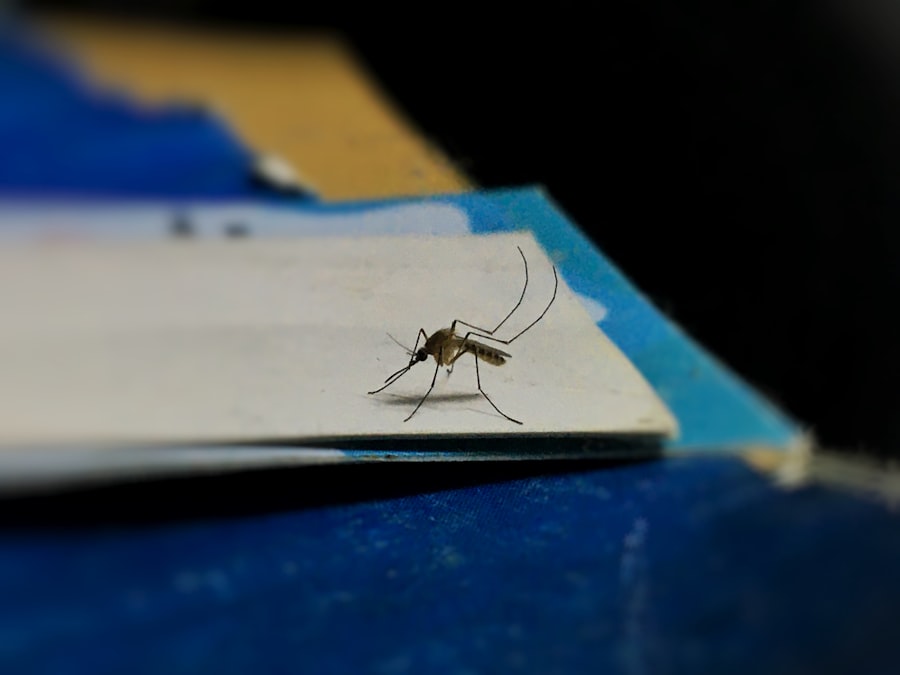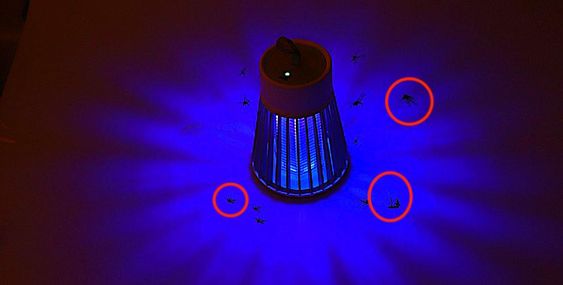
Mosquitoes are not just annoying pests; they are also carriers of deadly diseases such as malaria, dengue fever, and Zika virus. Mosquito control is therefore crucial for public health and the well-being of communities around the world. Traditional methods of mosquito control, such as insecticides and repellents, have been used for decades, but they have their limitations. However, a new revolution in mosquito control is underway with the development of innovative mosquito traps. These traps use emerging technologies to attract and capture mosquitoes, providing a more effective and sustainable solution to the problem.
Traditional Mosquito Control Methods and Their Limitations
Insecticides and repellents have long been the go-to methods for mosquito control. Insecticides are chemicals that kill mosquitoes on contact, while repellents are substances that repel mosquitoes and prevent them from biting. While these methods have been effective to some extent, they have their limitations. Insecticides can be harmful to humans and the environment, and mosquitoes can develop resistance to them over time. Repellents, on the other hand, need to be applied frequently and may not provide complete protection.
Emerging Technologies for Mosquito Trapping
Emerging technologies for mosquito trapping offer a more effective and sustainable alternative to traditional methods. One such technology is UV light traps, which use ultraviolet light to attract mosquitoes. When mosquitoes are drawn to the light, they are trapped in a container or killed by an electric grid. Another technology is CO2 traps, which release carbon dioxide to mimic human breath and attract mosquitoes. Once attracted, the mosquitoes are captured in a net or killed by a vacuum system.
The Science Behind Mosquito Attraction and Trapping
The science behind mosquito attraction and trapping is based on understanding the factors that attract mosquitoes to humans. Mosquitoes are attracted to carbon dioxide (CO2), heat, and certain chemicals found in human sweat. UV light traps use ultraviolet light to mimic the heat and light emitted by humans, while CO2 traps release carbon dioxide to mimic human breath. By understanding these factors, scientists have been able to develop traps that effectively lure and capture mosquitoes.
How Mosquito Traps Are Changing the Landscape of Public Health
Mosquito traps are changing the landscape of public health by providing a more effective and sustainable solution to mosquito control. Traditional methods of mosquito control, such as insecticides and repellents, have been used for decades but have their limitations. Mosquito traps, on the other hand, offer a targeted approach to mosquito control by attracting and capturing mosquitoes without harming humans or the environment. This has led to successful mosquito control programs in various parts of the world, reducing the incidence of mosquito-borne diseases and improving public health.
Sustainability and Environmental Impact of Mosquito Traps

One of the key advantages of mosquito traps over traditional methods is their sustainability and minimal environmental impact. Insecticides can be harmful to humans and the environment, while repellents need to be applied frequently and may contain chemicals that are harmful to the environment. Mosquito traps, on the other hand, do not rely on chemicals and do not harm non-target organisms. They also use less energy and produce less waste compared to traditional methods. This makes them a more sustainable and environmentally friendly option for mosquito control.
Mosquito Traps for Personal Use: Are They Effective?
Mosquito traps are not just limited to public health programs; they are also available for personal use. There are various types of mosquito traps available for personal use, including indoor traps, outdoor traps, and wearable traps. These traps use similar technologies as those used in public health programs, such as UV light and CO2, to attract and capture mosquitoes. While personal use traps may not be as effective as professional-grade traps used in public health programs, they can still provide some level of protection against mosquitoes.
Mosquito Trap Design and Innovation
Mosquito trap design and innovation have come a long way in recent years. New and upcoming designs and features are constantly being developed to improve the effectiveness and efficiency of mosquito traps. For example, some traps now use LED lights instead of traditional UV lights, which are more energy-efficient and have a longer lifespan. Other traps use sensors to detect the presence of mosquitoes and activate the trapping mechanism only when mosquitoes are present. These advancements in design and innovation are making mosquito traps more effective and user-friendly.
Challenges and Opportunities in Mosquito Control with Traps
While mosquito traps offer a promising solution to mosquito control, there are still challenges and opportunities that need to be addressed. One challenge is the cost of implementing mosquito traps on a large scale. Mosquito traps can be expensive to purchase and maintain, which may limit their adoption in resource-constrained areas. Another challenge is the need for ongoing research and development to improve the effectiveness of mosquito traps. However, there are also opportunities for collaboration between researchers, public health agencies, and communities to overcome these challenges and implement effective mosquito control programs using traps.
Future of Mosquito Trapping: What to Expect in the Next Decade
The future of mosquito trapping looks promising, with potential advancements and innovations on the horizon. Researchers are constantly working on improving the effectiveness and efficiency of mosquito traps, as well as developing new technologies for trapping mosquitoes. For example, there is ongoing research on using artificial intelligence and machine learning algorithms to optimize trap design and trapping mechanisms. There is also potential for integrating mosquito traps with other technologies, such as remote sensing and data analytics, to improve monitoring and surveillance of mosquito populations. With these advancements, the next decade holds great potential for further revolutionizing mosquito control with traps.
In conclusion, mosquito traps offer a more effective and sustainable solution to mosquito control compared to traditional methods. They use emerging technologies to attract and capture mosquitoes without harming humans or the environment. Mosquito traps have already made a significant impact on public health by reducing the incidence of mosquito-borne diseases. However, there are still challenges and opportunities that need to be addressed to fully realize the potential of mosquito traps in mosquito control. With ongoing research and development, the future of mosquito trapping looks promising, with potential advancements and innovations that can further revolutionize mosquito control.
